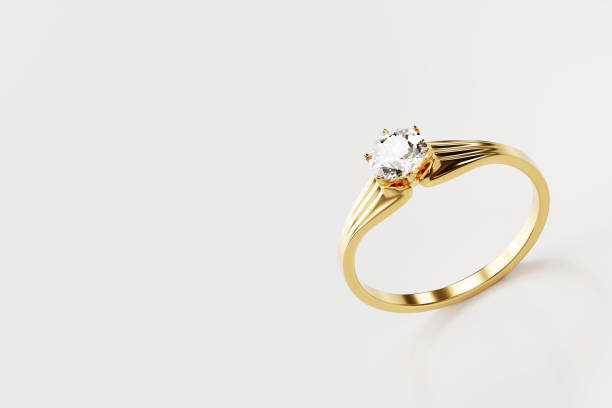Inframatrix Sdn. Bhd. has established itself as a prominent name in the field of thermal imaging technology in Malaysia. Known for its innovative solutions and advanced products, Inframatrix offers a comprehensive range of thermal camera malaysia and imaging services that cater to various industries. Whether it’s for industrial applications, healthcare, or safety monitoring, Inframatrix has proven to be a reliable provider of cutting-edge thermal camera Malaysia.
Advanced Thermal Cameras for Multiple Applications
Inframatrix specializes in providing high-quality thermal cameras designed to meet diverse needs across different sectors. Their range of products includes thermal cameras for industrial monitoring, preventive maintenance, and safety surveillance. These cameras are essential tools for detecting heat anomalies, monitoring machinery conditions, and ensuring the safety of critical infrastructures. By offering such advanced technology, Inframatrix plays a crucial role in enhancing the operational efficiency and safety of businesses throughout Malaysia.
Thermal Camera Malaysia: A Crucial Tool for Safety and Efficiency
The demand for thermal camera technology in Malaysia has grown significantly in recent years, especially in industries that require continuous monitoring of equipment and environments. Thermal cameras are vital for detecting overheating in electrical systems, identifying gas leaks, and monitoring high-temperature processes. Inframatrix’s thermal cameras are designed to provide accurate and reliable data, enabling businesses to prevent potential hazards before they escalate into critical issues.
Inframatrix’s thermal camera solutions are particularly beneficial in the current health climate, as they can be used for temperature screening and fever detection. This capability has made them a valuable asset for organizations seeking to maintain safe environments during public health concerns.
Commitment to Innovation and Quality
Inframatrix is committed to providing innovative solutions that meet the highest standards of quality. Their partnership with FLIR, a global leader in thermal imaging technology, ensures that customers receive the best products and services available in the market. This collaboration has enabled Inframatrix to offer advanced thermal imaging technology that is both efficient and reliable, solidifying their position as a leader in the industry.
In addition to providing state-of-the-art equipment, Inframatrix also offers comprehensive training and support services. This ensures that customers can maximize the benefits of their thermal camera systems, enhancing the overall value and effectiveness of the technology in their operations.
Thermal Imaging: The Future of Monitoring and Safety
The use of thermal imaging technology is transforming the way industries approach monitoring and safety. Inframatrix is at the forefront of this transformation in Malaysia, providing solutions that enable businesses to operate more safely and efficiently. By using thermal cameras, companies can detect and address potential issues before they cause damage, reducing downtime and increasing productivity.
In healthcare, thermal cameras are used for non-invasive monitoring of body temperatures, a critical tool during the COVID-19 pandemic. In industrial settings, these cameras are used for predictive maintenance, helping to identify problems in machinery before they lead to costly breakdowns. Inframatrix’s range of thermal cameras offers versatility and precision, making them suitable for a wide range of applications.

